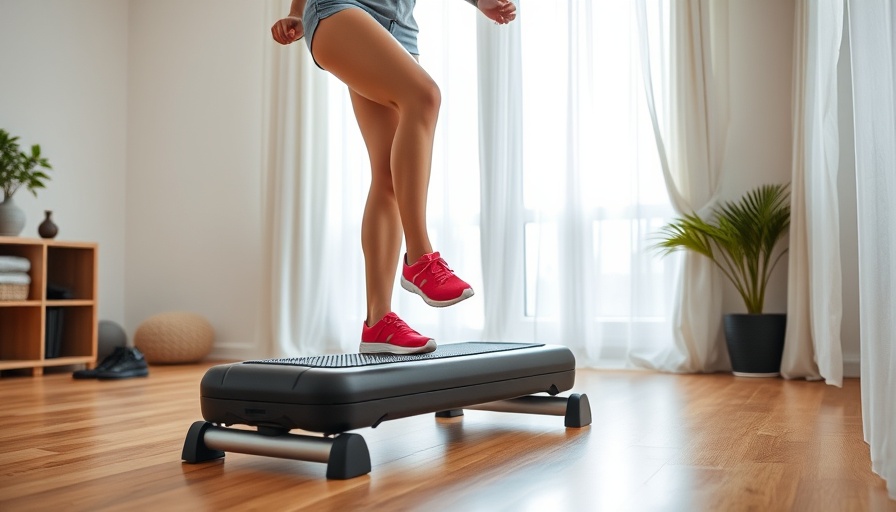
The Importance of Rest Days in Your Fitness Journey
When it comes to fitness, often we hear about the importance of consistency and dedication. Yet, an equally crucial component of any workout regime is the concept of rest days—a theme beautifully explored in the video, Take Rest Days Seriously. Patrice from Fitness Blender shares her personal experience of ignoring her need for a rest day and how, when she finally listened to her body, it improved her subsequent workouts tremendously. This resonates particularly with those in the SDA faith community, stressing the balance of body and spirit, and the idea of resting not just for the sake of exercise, but as an act of self-care.
In the video Take Rest Days Seriously, Patrice shares her personal insights on acknowledging the need for rest in fitness, leading us to examine its broader implications.
Understanding Rest Days: A Paradigm Shift
For many, the term “rest” can evoke guilt—an internal struggle that prompts individuals to justify their need to be active. However, rest days are not a sign of weakness; they are a necessary part of any balanced fitness plan. Patrice's experience at the gym illustrates this point perfectly. Despite initially feeling unmotivated to work out, acknowledging her body's need for a break allowed her to approach her fitness regime with renewed enthusiasm and vigor. For spiritual communities like those in SDA, the practice of rest aligns with principles of Sabbath—providing a time to recharge physically and spiritually.
Listening to Your Body: An Act of Intention
Patrice’s journey teaches us the significance of tuning into our bodies. As she walked away from the gym, instead opting for a nature walk with her loved ones, she inadvertently achieved more than she would in a stringent workout. This concept of being attuned to our physical needs also has deeper implications; by following our instincts for rest and recuperation, we open ourselves to experiences that promote emotional well-being, connection, and joy. This holistic approach is something that aligns well with the spiritual beliefs within the SDA community, where health is not only about physical fitness but also encompasses emotional and spiritual health.
Realigning Fitness Goals with Self-Care Principles
Many fitness enthusiasts often fall into the trap of rigid planning and disregard the importance of flexibility. This leads to burnout and discouragement. Patrice’s reflection reveals that even a simple break for self-care, such as a nature walk, can be rejuvenating. Rest allows muscles to recover, but it also refreshes the mind and spirit. Many members of the SDA faith community can resonate with this notion, as their belief systems center around self-care and the recognition of God’s creations old and new in nature. Taking a moment to step back and appreciate life can enhance physical exercise and promote mental clarity.
Future Directions: Making Rest Days a Priority
In the coming months, fitness will evolve with a greater recognition of the necessity of rest days. Trends suggest that more people are beginning to embrace flexibility in their workout routines, promoting varied types of movement, including rest. Whether through leisurely walks or meditation, these practices can serve as vital means of connection to both self and others. For the SDA faith community and beyond, reintroducing the notion of rest into fitness extends its importance into broader lifestyle choices that honor personal health, spirituality, and community well-being.
Taking Action: Embrace Your Rest Day
Patrice’s narrative serves as a reminder of how crucial it is to take rest days seriously. So how can you incorporate this into your fitness journey?
- Schedule Rest Days: Make rest days a part of your weekly routine.
- Engage in Light Movement: If you feel restless, opt for light activities like walking or yoga.
- Connect with Loved Ones: Use this time to build social connections to enhance your overall happiness.
Ultimately, the key is to embrace rest without guilt. Consider how movement can bring joy rather than pressure. Never underestimate the power of listening to what your body truly needs. Next time you feel the urge to push through exhaustion, give yourself permission to rest—with no strings attached.
No matter where you are in your fitness journey, remember to take rest days seriously. They are not just about pausing but revitalizing your whole self.
 Add Row
Add Row  Add
Add 




Write A Comment